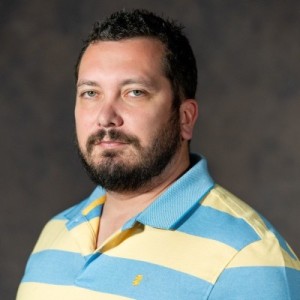- Video Library
- Patrick Calhoun Presents Nanocrine at LSI USA '23
Patrick Calhoun Presents Nanocrine at LSI USA '23

Patrick Calhoun
We provide cell biology platforms with unparalleled precision. As the VP/CSO, I run daily operations and provide guidance on internal and external scientific projects to expand application areas and enable product launches for the company. We have collaborators at 6 different laboratories across 5 campuses in the US.
Previously, I worked on cellular and molecular biology techniques to manipulate viral genes in studying viral pathogenesis; specifically, how that may relate to cardiac dysfunction. Prior to my scientific career, I served active duty enlisted infantry for the US Army for more than 5 years conducting combat operations in Iraq and Afghanistan.
Patrick Calhoun
We provide cell biology platforms with unparalleled precision. As the VP/CSO, I run daily operations and provide guidance on internal and external scientific projects to expand application areas and enable product launches for the company. We have collaborators at 6 different laboratories across 5 campuses in the US.
Previously, I worked on cellular and molecular biology techniques to manipulate viral genes in studying viral pathogenesis; specifically, how that may relate to cardiac dysfunction. Prior to my scientific career, I served active duty enlisted infantry for the US Army for more than 5 years conducting combat operations in Iraq and Afghanistan.

17011 Beach Blvd, Suite 500 Huntington Beach, CA 92647
714-847-3540© 2025 Life Science Intelligence, Inc., All Rights Reserved. | Privacy Policy







